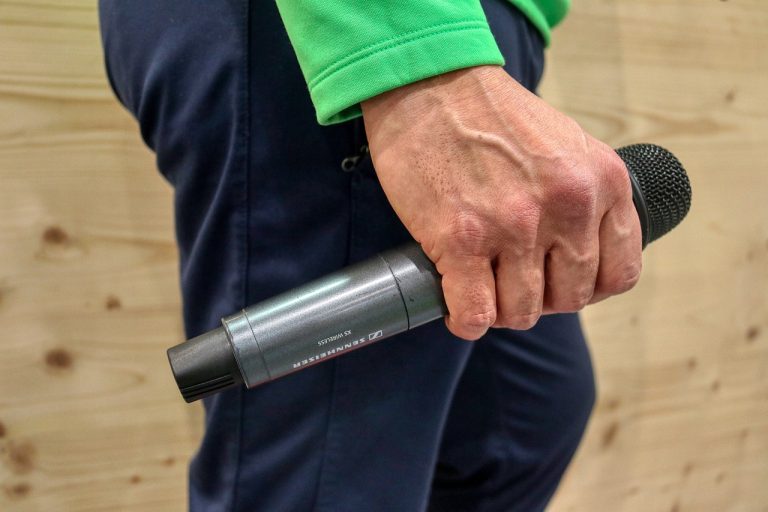Kefir (a symbiotic matrix of bacteria and yeast grain) originated from Russia circa 1880’s probably from the North Caucasian region although some argue it might be from Turkey or Persia then spreading to Europe, Japan, and the United States and later known as Bulgarian Drink in Latin America.
Traditional Kefir was made in goatskin bags which was hung from the doorways and knocked around by those entering or leaving the dwellings to keep the milk and grains well mixed. The different regions and the different types of people from those regions starting making it differently using local ingredients from different areas and for different purposes and reasons. You get Milk Kefir, Water Kefir, and Coconut Kefir. Kefir products contain nutrients such as conjugated linoleic acid in similar amounts as unfermented sheep, goats and cow’s milk with a pH level of between 4.2 and 4.6. It is composed of carbon dioxide and ethanol mainly from the fermentation process but mainly water. Calcium, Iron, Phosphorus, Magnesium, potassium, copper, manganese, and molybdenum are some of the minerals found in kefir and unstandardized amounts of zinc, not on a reputable database. It also has variable amounts of vitamins, essential amino acids, and microbiota. Kefir can be used as an ingredient in food making or as a refreshing beverage and fermented as a slight alcohol beverage.
As non-soya advocates and with almond and rice milk yields inconsistent with much grain damage the best option would be to use coconut milk. With the probiotic boost from the grains and easy nutrient rich digestibility combination of coconut milk, we prefer the coconut milk kefir always.
The best way to make good coconut kefir is to use hand-shredded coconut flesh and water mixed with guar gum as a thickener and a tablespoon of milk kefir grains in a glass which must be covered to keep out any possible fruit flies and let it sit for about 24 hours. Depending on how mild or sour probiotic-rich coconut milk kefir you can start tasting from 12 hours (mild) to a maximum of 24 hours (sour and rich). Once the desired taste is achieved strain the milk into a seal-able container and put it into the fridge for as long as you like. The mixture will not technically go bad but the longer you keep it in the fridge the more it ferments. The grains that are left after straining can be kept in the fridge for when you want to make another batch or can be used immediately to make another batch.
Enjoy













